About the Village
Whitchurch-on-Thames is a picturesque South Oxfordshire village with a
population of about 800, lying within the Chilterns National Landscape. Most of the village is designated as a Conservation Area. We have an
ancient church, a thriving primary school and two welcoming pubs. Our village is
linked by a toll bridge across the River Thames to the shops and trains of
Pangbourne in Berkshire.
- The Toll Bridge
- The Pubs
- Hardwick House and Estate
- Bozedown Camp
- Bozedown Alpacas
- The Maze
- The Picture Gallery
- Hartslock Bridleway
- The Old Barn
- The Polish Church Garden
- Bell mouth Entrances
- Coombe Park
- Eastfield House (NEW, April 2025)
- Whitchurch Mill
- Whitchurch Lock
The Toll Bridge
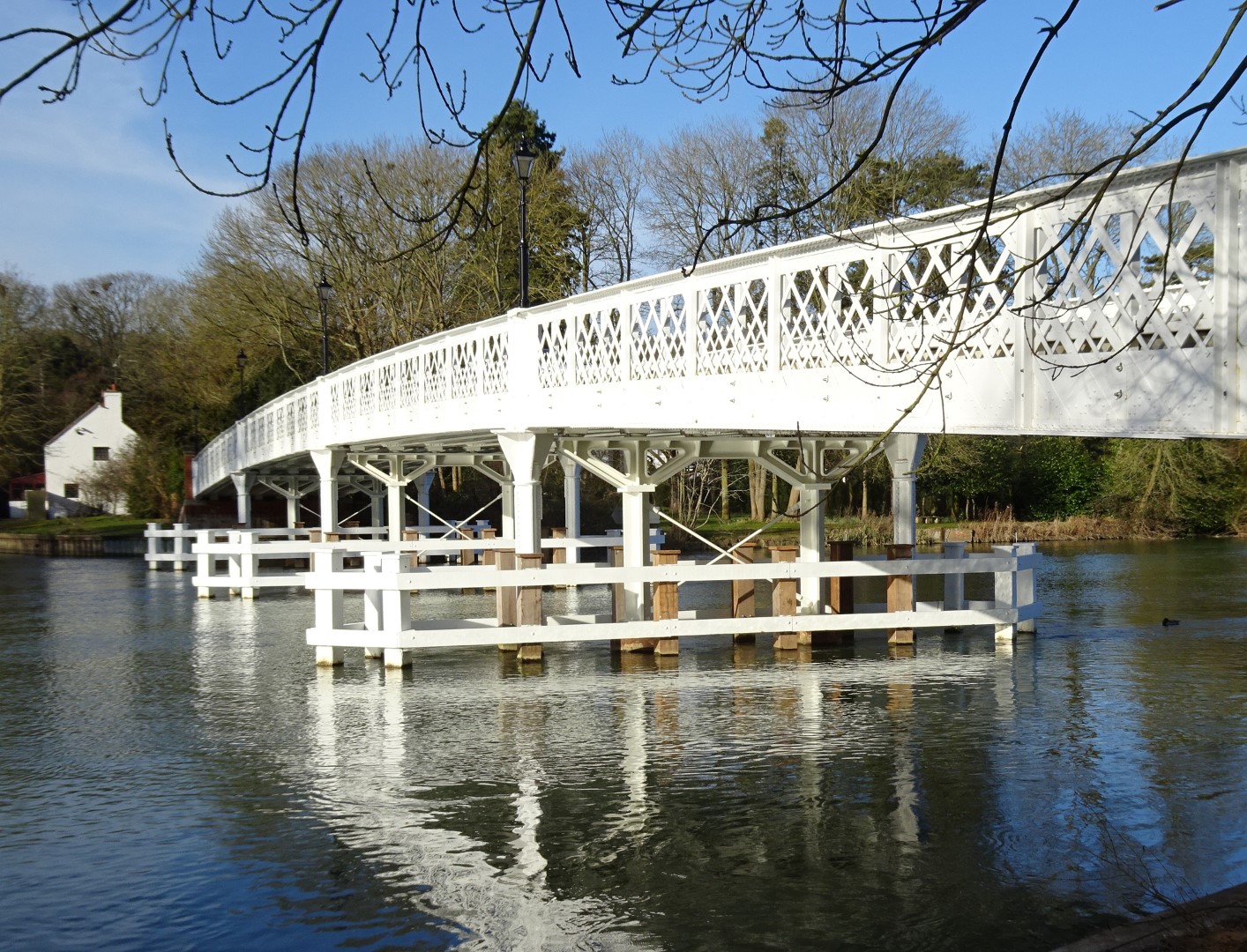
Since 1792 there has been a toll bridge across the Thames, linking
Whitchurch-on-Thames in Oxfordshire with Pangbourne in Berkshire.
In 2013-14 the Grade II
listed bridge was completely rebuilt, while preserving its appearance.
From 1792 to 2019 the bridge was owned and operated by The Company of Proprietors of Whitchurch Bridge. In 2019 the company was sold to the General Estates Company of Hythe, near Southampton whose website (in 2025) does not provide any information about the bridge.
The toll for a car in 2025 to use the bridge is 60p each way payable by cash or debit/credit card. For regular users who buy a bridge card, it is 45p. The cost of a bridge card is £18 and provides for 40 crossings. Bridge cards can be bought at the toll booth and paid for by cash or debit/credit card. Top-ups similarly cost £18 at the toll booth, provide for 40 crossings, and can be paid for by cash or card.
The bridge manager is Victoria Willcock, who can be contacted by email.
There is plenty of historic information about the bridge – start at this page.
The Pubs
Whitchurch has two pubs, The Greyhound and The Ferryboat.

The Greyhound is on the High Street at the corner of Eastfield Lane (RG8 7EL). Owned since July 2021 by Oak Taverns, the manager is Lottie and there is a 9-page drinks menu. Street food is frequently on sale. See the FaceBook page. Tel: 0118 984 1485
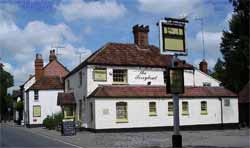
The Ferryboat Inn
is on the High Street near the toll bridge. The pub re-opened on 31st October 2025, having been closed since June 2022. Heineken/Star Pubs has appointed Jason Paul as the landlord. A wide range of food, drink and entertainment is on offer, together with hotel rooms. There is a Facebook page here, and the phone number is 07464 423 879.
Hardwick House and Estate
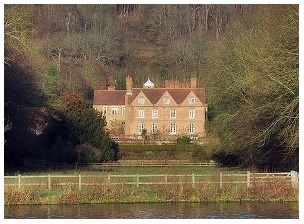
Hardwick
House is at the heart of a 900 acre estate of woodland and farmland on the
eastern side of Whitchurch. The Elizabethan manor house and its organically
managed estate are privately owned. For more on the estate and its many thriving
enterprises, go to
this page.
The first issue of
The Hardwick Newsletter, for friends of the estate, was published in July
2023.
Bozedown Camp
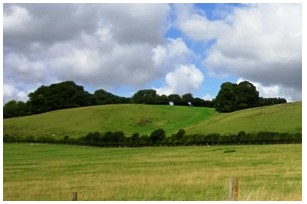
Our Iron Age predecessors felt the need to establish a defended area on the chalk
hills to the north of Hardwick Road. Traces of the perimeter ramparts can still
be made out above the slopes now grazed by alpacas. Find out more
here.
Bozedown Alpacas

In fields on both sides of Hardwick Road large numbers of alpacas can be seen.
Bozedown Alpacas, founded in 1989, is one of the largest alpaca breeding and stud centres in the country.
The Maze
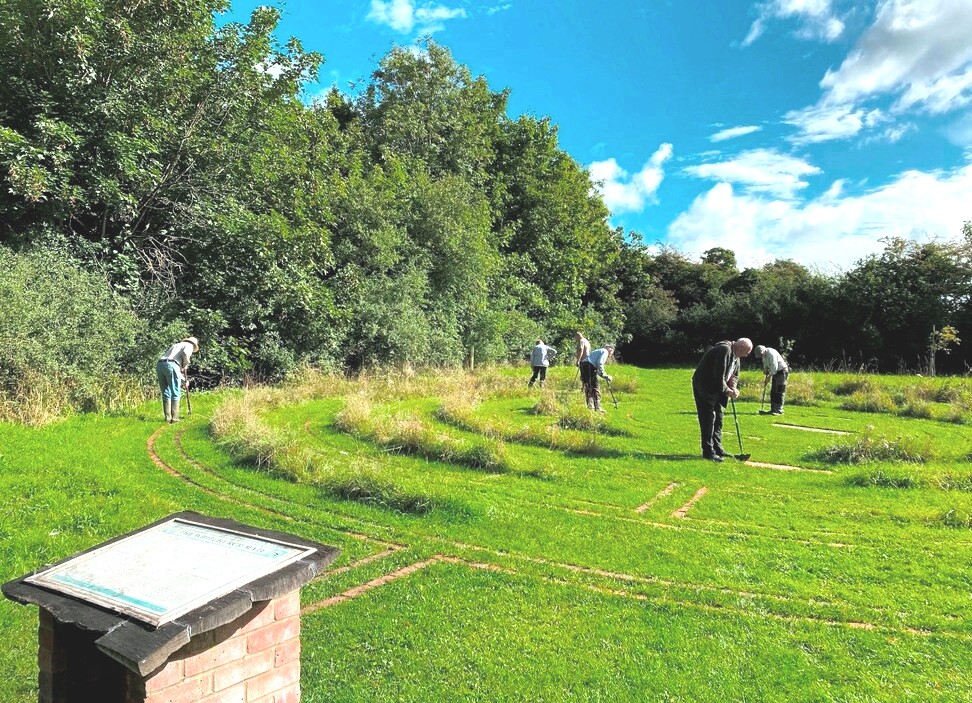
Installed
in 2004, the
Maze can be found at the eastern end of the village off Muddy Lane, south of
Hardwick Road. Surrounded by a variety of native trees and shrubs and with a
sundial at its centre, this is a haven for wildlife and picnickers.
A comprehensive Guide to the Maze was first published in February 2021. This lists all the names on the engraved bricks that form the maze pathways and shows how to find them.
The Picture Gallery
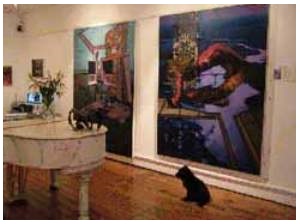
In the High Street, the village shop of earlier times is now
Modern Artists Gallery and has a display of contemporary art on two floors.
Hartslock Bridleway
The scenic Hartslock Bridleway links Whitchurch with Goring. This
article describes its ancient role as the Tuddingway and tells
the story of new steps on a slippery slope. There is also an
article by
Pat Preece, published in Oxfordshire Local History in 2006.
The Old (lost) Barn
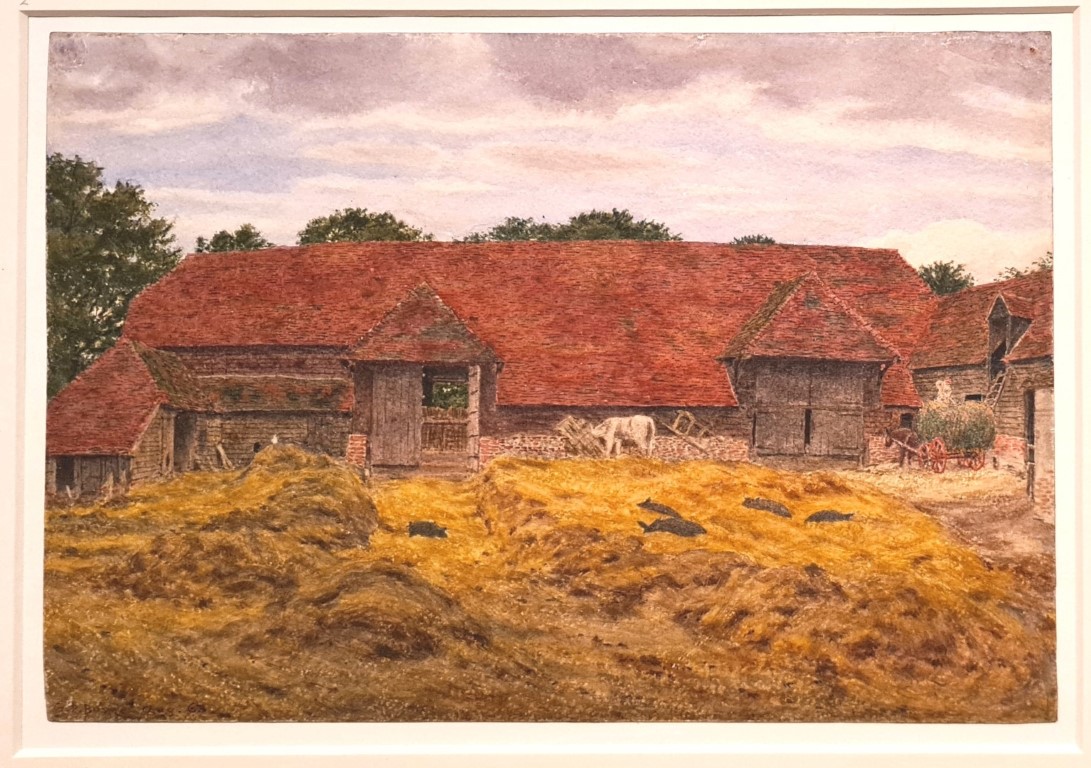
On the site of the modern houses known as Old Barn Cottages,
set back from the High Street near its junction with Manor Road, there was once a magnificent great barn.
It disappeared from Whitchurch’s street scene in the early 1960s. Read more about The Old Barn.
The Polish Church Garden
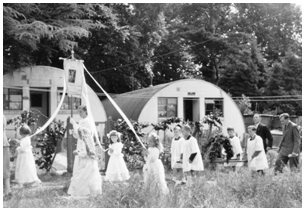
Anna
Szczeponek arrived in Whitchurch shortly after World War Two as the young child
of Polish refugee parents and has lived here ever since. Read her story of
community life among the Nissen huts of the Coombe Park refugee camp, and
contributions by others, on the
Polish Church
Garden page.
Bell mouth entrances
One
of the striking features of Whitchurch High Street is the variety of brick
walls. These include several elegant bell mouth entrances. Read about them
here.
Coombe Park
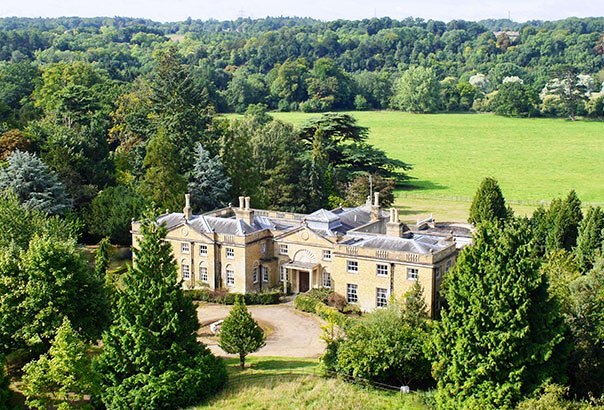
The privately-owned
Coombe Park estate, situated to the west of the village, dates back to 1795 when
the first house was built by the Gardiner family.
The estate has had many owners and after a recent period of dereliction
there is now a possibility of recovery.
Read its story
here.
Eastfield House / Cedar Lodge
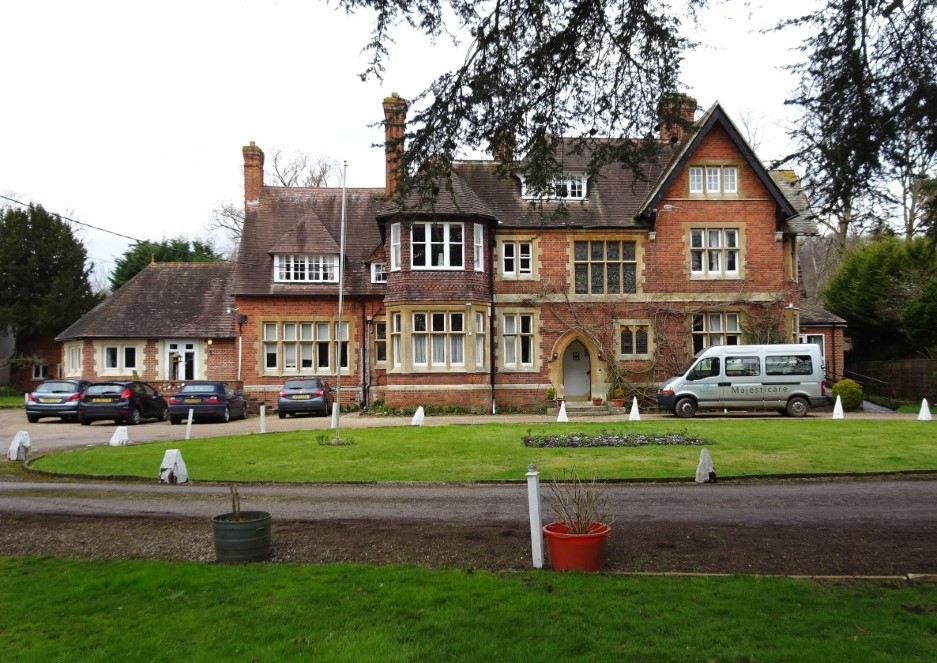
The Eastfield House care home is expected to re-open in the summer of 2025 after being vacant for many years. The new name of the much-enlarged building is Cedar Lodge. The property started life as one of the grandest private houses in the village. Peter Hawley, who has a family link with the place, tells us more here.
Whitchurch Mill

An ancient watermill through which a portion of the Thames flow has passed for over
900 years can be seen from the toll bridge. It provided power to grind corn and
produce flour. More about the mill here.
Whitchurch Lock
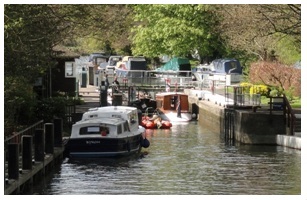
Whitchurch Lock is one of forty-five
locks on the Thames. Sadly, it is thought to be the only lock on the Thames that
cannot be accessed on foot, only by boat!